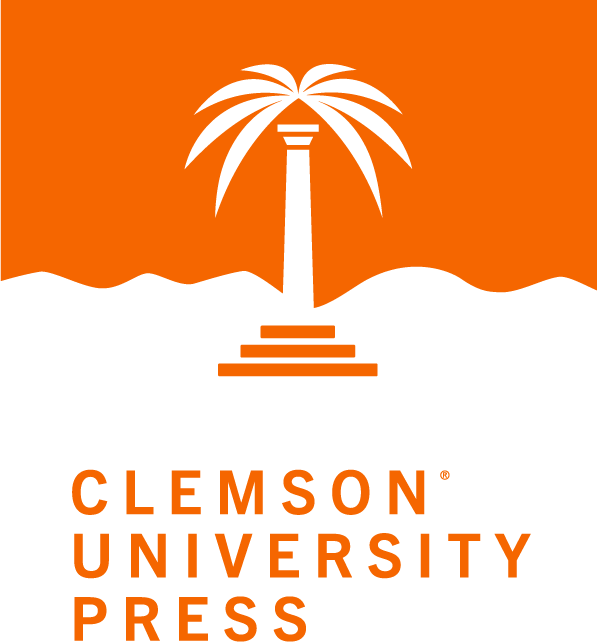
To mark the publication of Virginia Woolf and the World of Books, we caught up with Nicola Wilson and Claire Battershill to discuss the innovations and successes of Virginia and Leonard Woolf’s Hogarth Press and how it may have contributed to modern-day independent publishing.
Just over hundred years ago, in 1917, Leonard and Virginia Woolf began a publishing house from their dining-room table. Can you tell us a bit about the Hogarth Press and how it came to be?
There are lots of debates about the origins of the Hogarth Press. Virginia said it was a useful distraction to get Leonard away from the clutches of the Webbs; Leonard said later in life that it was helpful for Virginia’s mental health to have a practical occupation to take her away from writing for part of the day – but what we do know is that they had been thinking fairly seriously about getting a press at least since January 1915, when Virginia records in her diary (on her 33rd birthday) that they have decided three things: to take Hogarth House, to buy a printing press, and to get a bull dog. Virginia had a long-running interest in the book arts – she was a good amateur book-binder – and they were also influenced by their friend Roger Fry’s Omega Workshop, which had published its first short book, Simpson’s Choice, with woodcut illustrations, in 1916. By the time of the third Omega publication, Lucretius on Death (1917), the Woolfs had finally acquired their press and published their first work, Leonard and Virginia Woolf’s Two Stories. They started off small – asking their friends for stories, using friends as initial subscribers – but expanded remarkably through the mid-1920s. By the time Orlando was published in 1928, Virginia could proudly tell her friends that they could manage a bestseller as well as Heinemann.
Leonard Woolf refers to ‘The World of Books’ in his column in the weekly periodical the Nation and Athenaeum. What did he mean by ‘The World of Books’ and how is this approached within the book?
Leonard Woolf’s regular column of that title, published between 1923 and 1929, surveyed new books published that week by a variety of different publishers. He provided review-style commentary on novels, poems, and true stories, and reflected too on the kinds of decisions that publishers were making about what made it into print. The books he reviewed spanned a range of genres, styles, and approaches and together they gave an indication of contemporary trends in literature and publishing. The phrase ‘The World of Books’ therefore, for Leonard and also as we use it in the volume, is a broad one designed to include reflections on all different aspects of book publishing, reading, and writing.
Leonard and Virginia Woolf led radical innovations as independent publishers. Can you tell us a bit about this?
The Hogarth Press was influential to early C20 writing and culture in many ways. It led a wave of innovative translated writing from Russia in the early 1920s and was the first British publisher of the translated works of psychoanalyst Sigmund Freud. It published widely and broadly – with series of poetry, short political essays and pamphlets, anti-colonial tracts and social enquires into education and the coalfields. The political element of the Woolfs’ Hogarth publications is often overlooked.
Its best known of course as the publisher of Leonard and Virginia’s own work, and there has been lots of research on how crucial having a ‘press of her own’ was to Virginia Woolf’s innovative writing and success. After her first two books came out with Duckworth’s, her brother-in-law’s firm, Virginia found it a delight to not to have to worry about external editors. Her fiercest editor was herself of course, and Leonard, and she wanted her books to do well. When Leonard sent The Waves off to the selection committee of the Book Society (the British book-of-the-month club) Virginia was appalled and embarrassed about their likely response. Flush, on the other hand, was a Book Society Choice and both of the Woolfs were delighted by its popular success.
Lots of writers set up private presses in the interwar period – inspired by William Morris’s earlier Kelmscott Press – including modernists David Garnett, Nancy Cunard, Laura Riding and Robert Graves. The Woolfs’ Hogarth Press outlived all of these smaller, innovative presses. It was consistently profitable and well managed and was acquired by Chatto & Windus in 1946 with Leonard still working as a director into the 1960s.
How does the book bear a relevance to modern day independent publishing?
Many of our contributors reflect on the Woolfs’ lasting influence on publishing and literary culture today. Many of the Woolfs’ DIY tactics, from hand sewing books to printing using letterpress equipment are coming back into fashion even in the digital age. Leonard and Virginia Woolf’s work has also inspired new imprints, new creative works, and new pieces of typographical art. Chatto & Windus, under the leadership of Clara Farmer, one of our conference keynotes from last year, relaunched The Hogarth Press itself in 2012 as a new fiction imprint and for the centenary produced a beautiful new edition of “Two Stories” (with one story by Virginia Woolf and one by Mark Haddon) that paid homage to the Woolfs’ influential venture.
Virginia Woolf and the World of Books is available here.

